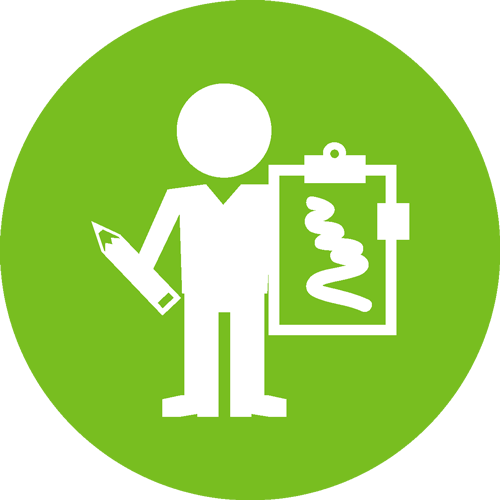 Grading & Assessment
Grading & Assessment
Assessing Student Learning (read full series)
What is it?
Assessment is the systematic collection and analysis of information to improve student learning (Stassen et al., 2001)1 . It involves graded and ungraded measures of student learning. Generally, the goal of grading is to evaluate individual students’ learning and performance and provide feedback to students. Although grades are often used as a proxy for student learning, they are not always a reliable measure.
Research
Formative assessment takes place during instruction and involves gathering information from and about students and uses the data (e.g., student misunderstandings) to adjust teaching and/or the pace of the lesson (McKeachie & Svinicki, 2013). Summative assessment provides a snapshot of student learning at a particular point- in-time (usually at the end of a course or program). Data from summative assessment can inform planning for the next term. The assessment tools you select should be aligned to course learning outcomes and yield information to support your teaching and your students’ learning (Fink, 2013; Jankowski & Marshall, 2017).
Data
 of UCD students report that faculty often (or very often) provide prompt or useful feedback on student work (UCUES, 2018).
of UCD students report that faculty often (or very often) provide prompt or useful feedback on student work (UCUES, 2018).
Teaching Strategies
-
Be transparent and communicate with students. Explain why you’ve designed the course in this way, that their learning is paramount, and that you want to give them every opportunity to succeed.
-
Provide exemplars of the types of work you’re asking from them. Give students a model of the type of question they’ll receive, as well as the type of response that is expected.
-
Design your course with a balanced grading structure. Evaluate the ways you ask students to demonstrate what they have learned, and, to be more inclusive, consider the weights you assign to each type of assessment.
-
Quickly assess prior knowledge, recall, and understanding, by using the Minute Paper, Muddiest Point, or Online Polling.
-
Assess higher-level thinking skills (according to Bloom’s Taxonomy) such as application, synthesis, and critical thinking, by using a One-Sentence Summary, Concept Map, Case Study, or Guided Peer Review.
-
Assess personal learning strategies and progress, by using Learning Journals or Exam Wrappers.
Students say ...
- “The instructor was so timely with feedback on lab and HW assignments – I was really impressed.”
- “The professor gave us so much feedback on work…always trying to make sure we understood.”
- “This class was focused on learning. We practiced the skills that were assessed.”
Reflection
- How do you provide opportunities for practicing skills? How do you provide timely and effective feedback to students?
- Which specific group(s) of students does your grading policy benefit? How might you redesign the policy to be more inclusive and equitable? Are there other policies that may lead to inequities?
- 1List of all references in the complete JITT Guide.






